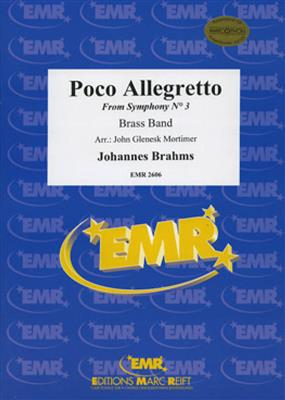We've found 1000 matches for your search. Order by
Results
-
 £108.10
£108.10Oh No! - Jeffrey Agrell
Estimated dispatch 5-14 working days
-
 £92.00
£92.00Waltz No. 2 - Dimitri Shostakovich
Estimated dispatch 5-14 working days
-
 £108.10
£108.10Poco Allegretto from Symphony No. 3 - Johannes Brahms
Estimated dispatch 5-14 working days
-
 £100.00
£100.00Largo Symphony No. 9 The New World" - Antonín Dvorák
Estimated dispatch 5-14 working days
-
 £100.00
£100.00No Guns, Please - Norman Tailor
Estimated dispatch 5-14 working days
-
 £108.10
£108.10Caprice No. 24 - Niccolò Paganini
Estimated dispatch 5-14 working days
-
 £92.00
£92.00Intrada No. 24 - Pavel Josef Vejvanovský
Estimated dispatch 5-14 working days
-
 £68.00
£68.00No Man's Land - Jérôme Naulais
Estimated dispatch 5-14 working days
-
 £92.00
£92.00Finale from Symphony No. 5 - Pyotr Ilyich Tchaikovsky
Estimated dispatch 5-14 working days
-
 £92.00
£92.00
